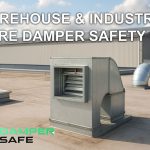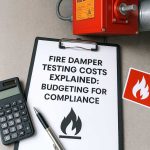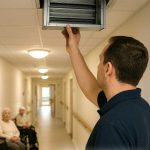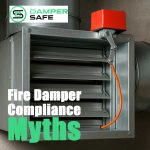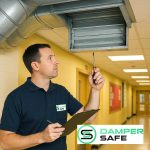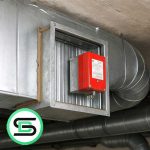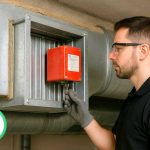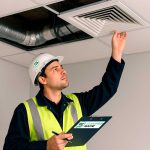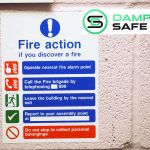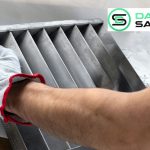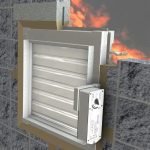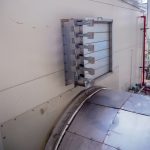Understanding DW145 and Its Importance in Fire Damper Compliance
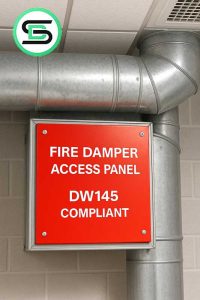
When it comes to installing and maintaining fire dampers in the UK, compliance with the DW145 fire damper standard is not optional — it’s essential. At Damper Safe Ltd, we help businesses stay compliant by following the latest British Standards and best practices, including those outlined in DW145.
In this article, we’ll explain what DW145 is, why it matters, and how to ensure your property remains compliant and safe.
What is the DW145 Fire Damper Standard?
DW145 is a technical guide published by the Building Engineering Services Association (BESA). Officially titled “Installation of Fire and Smoke Dampers – A Guide to Good Practice”, it is the go-to document for professionals dealing with fire damper systems in the UK.
It sets out the correct procedures for installing, inspecting, and maintaining fire and smoke dampers to ensure they function as designed in the event of a fire.
You can find DW145 guidance via BESA Publications.
Why DW145 Matters for Fire Damper Compliance
DW145 aligns with BS 9999 and supports the requirements of the Regulatory Reform (Fire Safety) Order 2005. If your property contains mechanical ventilation systems, the correct installation and maintenance of fire dampers is a legal requirement.
Failing to meet the DW145 standard can lead to:
- Fire safety breaches
- Compromised compartmentation
- Enforcement action by the Fire and Rescue Service
- Voided insurance policies
Read more about our Fire Damper Compliance Services
Key DW145 Requirements: What You Need to Know
1. Correct Installation
Fire dampers must be installed in accordance with the manufacturer’s guidance and supported in a way that ensures structural integrity during a fire. DW145 outlines the use of access panels, correct orientation, and fire-rated sealing methods.
2. Routine Inspection and Testing
DW145 requires fire dampers to be manually tested and inspected at least annually, or more frequently depending on the risk assessment.
See our Fire Damper testing Page for more on Information.
3. Documentation and Record Keeping
A full log of:
- Installation details
- Testing history
- Maintenance work
- Access routes and damper locations
This must be retained and made available for inspection by relevant authorities.
Common DW145 Compliance Issues We See
- No access panels installed during construction
- Dampers obstructed or wrongly fitted
- Testing overlooked due to inaccessibility
- Lack of documented test results
At Damper Safe, we perform full audits of existing installations to identify and resolve these issues.
How Damper Safe Ensures DW145 Compliance
Our experienced engineers follow the DW145 fire damper standard at every stage — from new installations to legacy system upgrades and annual inspections. We use digital reporting systems, high-resolution imagery, and detailed asset registers to ensure transparency and traceability.
We also work with:
- Schools and colleges
- NHS trusts and private healthcare
- Commercial property managers
- Industrial and logistics facilities
Final Word: DW145 Is Not Optional
If you’re responsible for a commercial, educational, or healthcare building, you must ensure your fire dampers are installed and maintained to DW145 standards. It’s not just about legal compliance — it’s about protecting lives.
Book a site visit with Damper Safe today.
Contact Us

